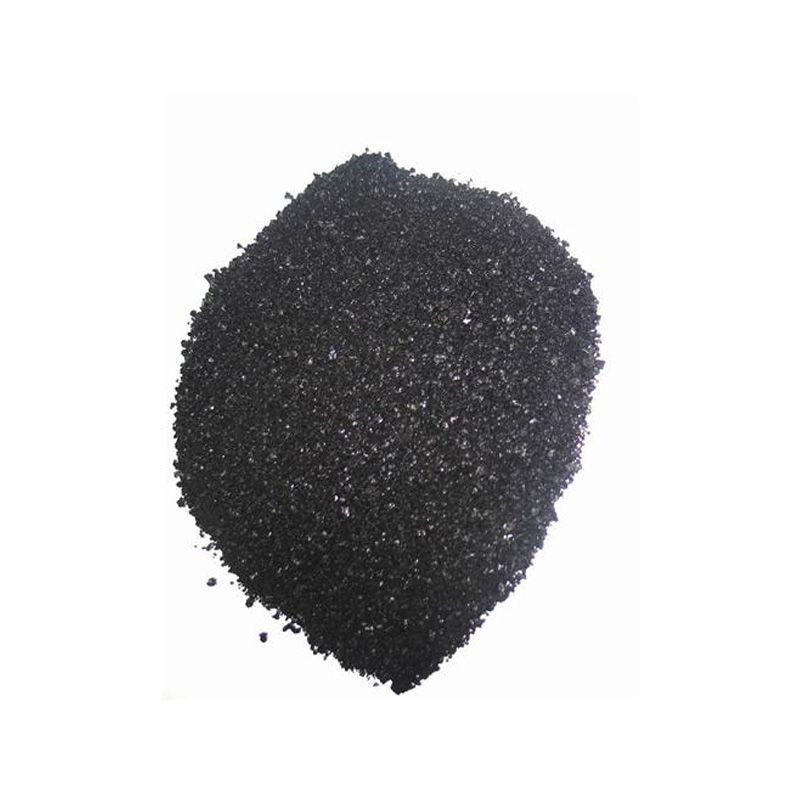The Remarkable History of Synthetic Indigo Dye and Its Impact on Fashion
The Rise and Impact of Synthetic Indigo Dye
Indigo dye has been an integral part of human culture for thousands of years, revered for its deep blue color and widespread applications in textiles. Traditionally derived from the indigo plant, the dye has transitioned into the modern era with the development of synthetic indigo, which has had profound effects on the textile industry, economics, and environmental practices.
Historical Context
Initially, indigo dye was extracted from several plants around the world, including *Indigofera tinctoria* and *Isatis tinctoria*. The process of extracting indigo was labor-intensive, often involving fermentation and other complex steps to convert the plant material into usable dye. As European demand for indigo surged during the 18th century, particularly with the rise of denim as a fabric for workwear, the quest for a more efficient and abundant source of indigo became imperative.
The synthetic version of indigo was first developed in the late 19th century, with significant advancements made by the German chemist Johann Friedrich Wilhelm Adolf von Baeyer. In 1880, he succeeded in synthesizing indigo, and for his work, he was awarded the Nobel Prize in Chemistry in 1905. This breakthrough marked a pivotal moment in the dye industry, as synthetic indigo offered an endless supply, consistent quality, and a drastic reduction in cost compared to natural indigo.
Economic Implications
The advent of synthetic indigo revolutionized the textile industry. By the early 20th century, synthetic indigo had outcompeted natural indigo, becoming the primary dye for denim and other fabrics. This shift not only transformed fashion but also significant economic structures. Countries that had previously relied on the production and trade of natural indigo faced considerable challenges as synthetic alternatives flooded the market. The economic impact extended beyond simple supply and demand; it disrupted traditional agricultural practices, contributed to the decline of certain industries, and reshaped international trade dynamics.
famous synthetic indigo dye

For manufacturers, synthetic indigo provided a host of advantages. It offered dye consistency and colorfastness that was often unattainable with natural dyes, allowing clothing producers to meet the increasing demands of mass production. The affordability of synthetic indigo enabled brands to price products more competitively, leading to the democratization of fashion and the rise of blue jeans as a global staple.
Environmental Considerations
While synthetic indigo has brought about economic growth and innovations in the textile sector, it has not been without its challenges. The production of synthetic dyes, including indigo, typically involves chemical processes that can be detrimental to the environment. Issues such as water pollution and hazardous waste related to the dyeing process have raised serious concerns among environmentalists and consumers alike.
In response to these concerns, many companies are now adopting more sustainable practices. Innovations in dyeing technology, such as waterless dye techniques and the use of biodegradable materials, are emerging as preferred alternatives. Additionally, the resurgence of interest in natural dyes is evident as consumers seek eco-friendly options, prompting a re-evaluation of both synthetic and natural dye methods.
Cultural Resurgence
Despite the significant advantages of synthetic indigo, there is a growing appreciation for traditional dyeing methods. Handcrafted textiles dyed in indigo have become symbols of cultural heritage, with artisans around the world reviving ancient techniques. The quest for authenticity and uniqueness in fashion is causing a resurgence in the demand for natural indigo, often associated with artisanal craftsmanship and sustainable practices.
In conclusion, synthetic indigo dye has played a transformative role in modern textile production, reshaping economies and environmental practices. While it has facilitated the mass production and accessibility of indigo-dyed products, the legacy of traditional methods remains. As the industry continues to evolve, finding a balance between innovation and sustainability will be crucial for the future of dyeing practices globally. The journey of indigo, from plant to synthetic, represents not just a technological advancement but also a reflection of cultural values and environmental responsibility.
-
The Timeless Art of Denim Indigo Dye
NewsJul.01,2025
-
The Rise of Sulfur Dyed Denim
NewsJul.01,2025
-
The Rich Revival of the Best Indigo Dye
NewsJul.01,2025
-
The Enduring Strength of Sulphur Black
NewsJul.01,2025
-
The Ancient Art of Chinese Indigo Dye
NewsJul.01,2025
-
Industry Power of Indigo
NewsJul.01,2025
-
Black Sulfur is Leading the Next Wave
NewsJul.01,2025

Sulphur Black
1.Name: sulphur black; Sulfur Black; Sulphur Black 1;
2.Structure formula:
3.Molecule formula: C6H4N2O5
4.CAS No.: 1326-82-5
5.HS code: 32041911
6.Product specification:Appearance:black phosphorus flakes; black liquid

Bromo Indigo; Vat Bromo-Indigo; C.I.Vat Blue 5
1.Name: Bromo indigo; Vat bromo-indigo; C.I.Vat blue 5;
2.Structure formula:
3.Molecule formula: C16H6Br4N2O2
4.CAS No.: 2475-31-2
5.HS code: 3204151000 6.Major usage and instruction: Be mainly used to dye cotton fabrics.

Indigo Blue Vat Blue
1.Name: indigo blue,vat blue 1,
2.Structure formula:
3.Molecule formula: C16H10N2O2
4.. CAS No.: 482-89-3
5.Molecule weight: 262.62
6.HS code: 3204151000
7.Major usage and instruction: Be mainly used to dye cotton fabrics.

